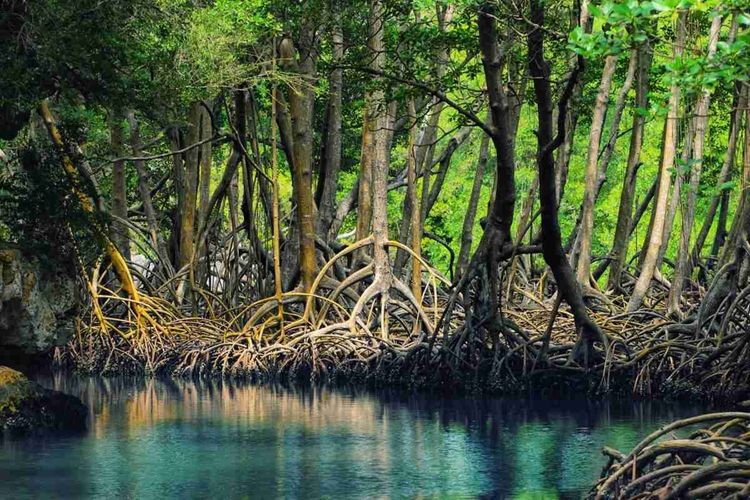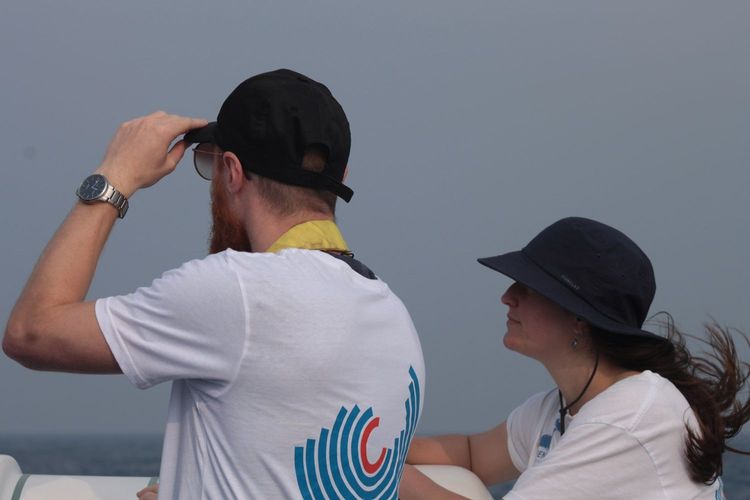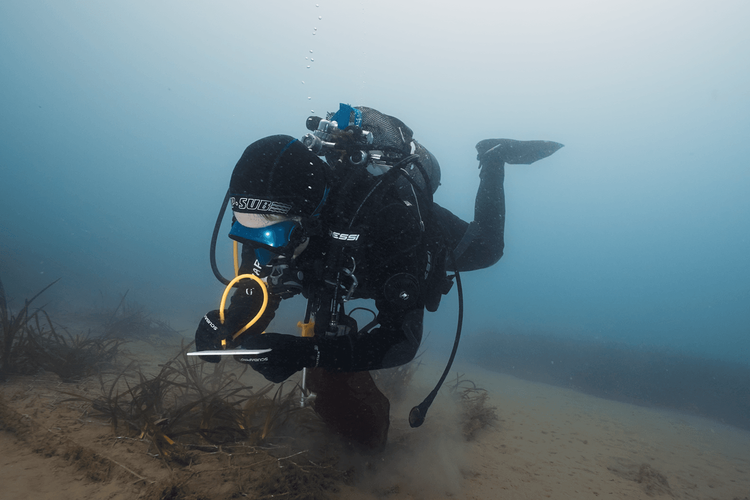
Mangroves, salt marshes, and seagrass meadows are not only vital habitats for biodiversity: they are also among the most powerful allies in the fight against climate change. These ecosystems, known as blue carbon ecosystems, can absorb and store carbon up to five times more effectively than terrestrial forests, despite covering less than 2% of the ocean’s surface.
A recent study published in npj Ocean Sustainability, led by Carlos Duarte, professor at KAUST University and member of the scientific committee of One Ocean Foundation, examines the growth of Blue Carbon Projects (BCPs) and the market for Blue Carbon Credits (BCCs), highlighting their potential, economic dynamics, and governance challenges.
What are Blue Carbon Projects?
BCPs quantify and verify the carbon sequestration achieved through conservation and restoration actions, transforming it into tradable carbon credits (Blue Carbon Credits, BCCs). Companies and governments can purchase these credits to offset their own emissions, while simultaneously generating financial resources to protect critical habitats and support local communities.
Growing numbers, untapped potential
Between 2014 and 2025, nearly 7 million Blue Carbon Credits were issued, corresponding to about 20 million tons of CO₂ sequestered each year. Today, active projects cover roughly 2 million hectares, mainly mangroves, but the estimated global potential is fifty times higher. Without an acceleration in investment and initiatives, it will be difficult to achieve the targets set by the Kunming-Montreal Global Biodiversity Framework, which calls for restoring 30% of degraded habitats by 2030.
Most projects are being developed in emerging countries such as Pakistan, India, Senegal, and Indonesia. Among the most significant is the Delta Blue Carbon project in Pakistan, which alone accounts for the majority of available credits on the market.
On the demand side, the main buyers are companies and institutions from industrialized nations such as the United States, the United Kingdom, France, Japan, and Canada.
Prices and imbalances: a matter of equity
Each Blue Carbon Credit corresponds to one metric ton of CO₂ equivalent (tCO₂e). Reports indicate that BCCs are valued between 5 and 35 USD (about 4 to 32 EUR) per tCO₂e, with mangrove projects achieving higher prices. However, these values remain significantly lower than those in regulated markets such as the EU ETS, where credits exceeded 60 USD in 2024.
This gap reflects an issue of undervaluation of projects in developing countries, which risk not receiving fair economic returns for the ecosystem services they provide. This dynamic contributes to the so-called “climate debt,” namely the historical responsibility for environmental damage caused by high-emission nations at the expense of low-emission nations.
An opportunity for climate, biodiversity, and communities
Despite these challenges, Blue Carbon Projects represent a natural and scalable solution to address climate change. Beyond emission reductions, they help protect marine and coastal biodiversity, strengthen the resilience of local communities against extreme events and sea level rise, and provide new economic opportunities rooted in nature conservation.
To unlock the full potential of blue carbon, it is necessary to:
- increase transparency and regulation in the voluntary carbon market;
- ensure fair prices for credits that reflect the true ecological and social value of projects;
- expand initiatives to underrepresented ecosystems such as seagrass meadows.
If adequately supported, Blue Carbon Projects could grow up to 50 times their current scale, becoming a cornerstone of global strategies for climate and biodiversity.


